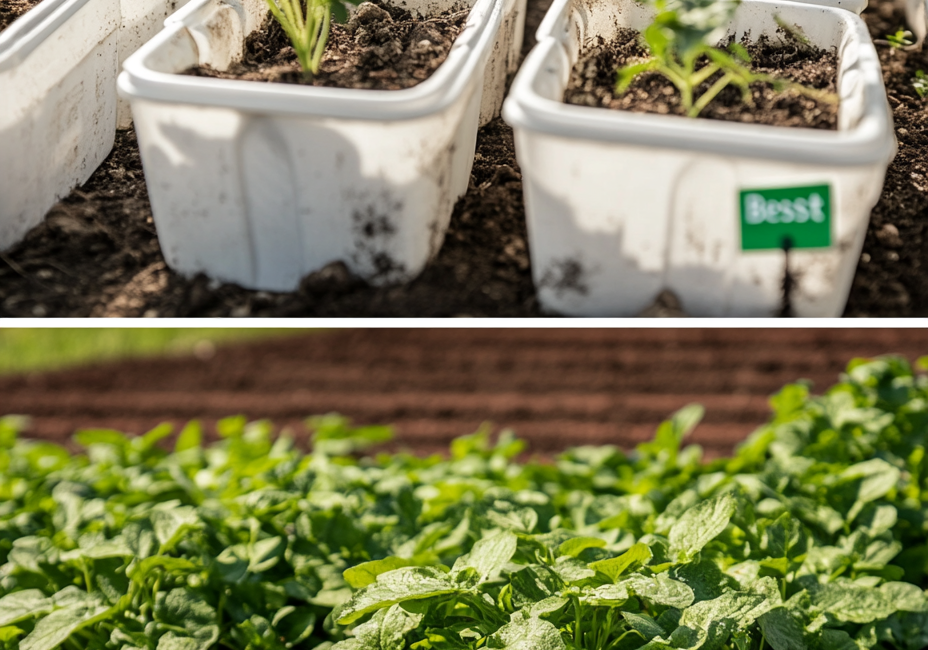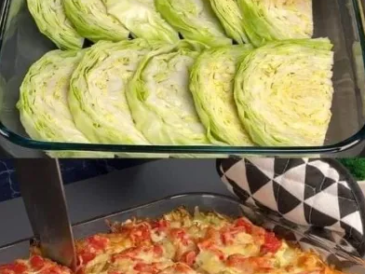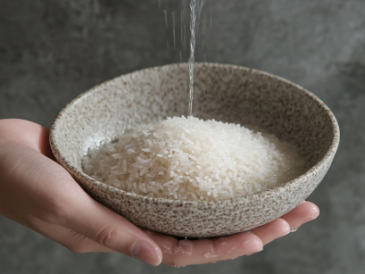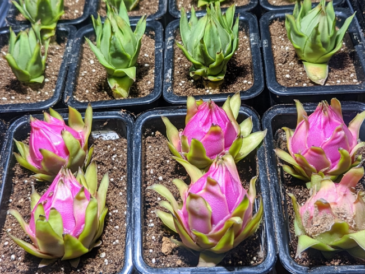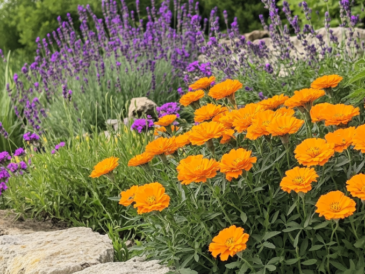Growing your own potatoes is a rewarding experience, and you don’t need a large garden to do it. With the right approach, you can easily grow potatoes in containers, making it possible to enjoy fresh, homegrown potatoes even if you only have a small patio or balcony. This guide will walk you through the process in eight simple steps, ensuring a bountiful harvest in no time.
Part 1: Preparing for Success – The Basics of Growing Potatoes in Containers
Why Grow Potatoes in Containers?
Growing potatoes in containers is a fantastic option for those with limited space or poor soil quality. It also offers the advantage of easy harvesting and the ability to move the containers to optimal locations for sunlight. Plus, container-grown potatoes are less susceptible to pests and diseases, giving you a better chance of a successful crop.
Choosing the Right Container
The first step in growing potatoes in containers is selecting the right container. Potatoes need plenty of space to grow, so choose a container that’s at least 12 inches deep and wide. The container should have good drainage to prevent water from pooling at the bottom, which can lead to rot. Popular choices include large pots, grow bags, or even a sturdy plastic bin with holes drilled in the bottom for drainage.
Selecting the Best Potato Varieties
When it comes to choosing potato varieties for container growing, it’s best to opt for early or second early varieties. These types of potatoes mature faster, which is ideal for container growing where space and time are more limited. Some popular container-friendly varieties include ‘Yukon Gold,’ ‘Red Pontiac,’ and ‘Charlotte.’ These varieties are known for their productivity and adaptability to container growing.
Preparing Seed Potatoes
Once you’ve selected your potato variety, the next step is to prepare the seed potatoes. Seed potatoes are simply small potatoes that are planted to grow new potato plants. It’s important to use certified seed potatoes rather than store-bought potatoes, as the latter may be treated with chemicals to prevent sprouting or may carry diseases.
To prepare your seed potatoes, cut larger potatoes into smaller pieces, ensuring each piece has at least one or two “eyes” (the small indentations where sprouts will form). Allow the cut pieces to dry for a day or two to form a protective layer over the cut surface, which helps prevent rot when planted.
The Importance of Potting Mix
Potatoes thrive in well-draining, nutrient-rich soil. When growing in containers, it’s essential to use a high-quality potting mix rather than garden soil, which can be too heavy and may not drain well in containers. A good potting mix for potatoes should contain a blend of peat, compost, and perlite or vermiculite to ensure proper drainage and aeration. You can also add a balanced organic fertilizer to the mix to give your potatoes a nutrient boost from the start.
Part 2: Planting and Caring for Your Potato Plants
Now that you’ve prepared everything, it’s time to plant your potatoes and care for them as they grow. Follow these next steps to ensure a successful harvest. CLICK PAGE “2” BELOW
